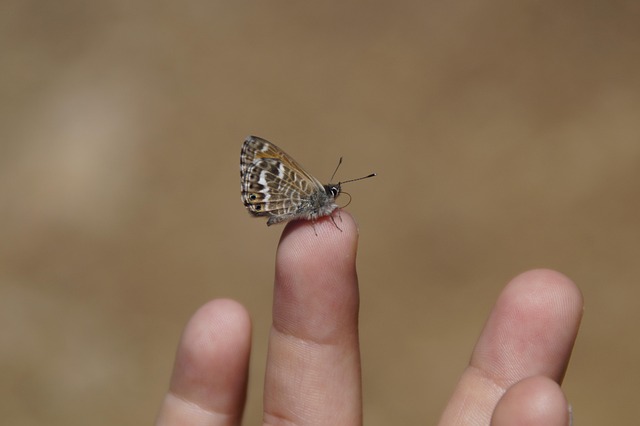Introduction: The Captivating Art of Wire Wrapping
Wire wrapping is a timeless and rewarding jewelry-making technique that requires no soldering or glue. By skillfully bending and wrapping wire, you can encase beautiful crystals and gemstones, transforming them into stunning, one-of-a-kind pendants. This guide will introduce you to the essentials needed to begin creating pieces that reflect your personal style and showcase the natural allure of the stones.
Gathering Your Essential Tools and Materials

To start your wire wrapping adventure, you'll need a few key items:
- Crystals or Gemstones: Tumbled stones, cabochons, or points are great starting points.
- Craft Wire: Copper, brass, silver-plated, or sterling silver wire. Start with 'dead soft' temper in 20-gauge (for structure) and 24-gauge (for wrapping/weaving).
- Round Nose Pliers: For creating loops and curves.
- Chain Nose Pliers (or Flat Nose): For bending angles, gripping wire, and tucking ends.
- Wire Cutters (Flush Cutters recommended): For clean cuts.
- Ruler or Measuring Tape: For measuring wire accurately.
- Optional: Nylon Jaw Pliers (to straighten wire without marring), Bail-Making Pliers (for consistent loops), Polishing Cloth.
Mastering Basic Wire Wrapping Techniques
These fundamental techniques are the building blocks for most wire-wrapped designs:
- Making Loops: Creating simple or wrapped loops, essential for bails and connections.
- Wrapping: Securely binding wires together or anchoring wire around a stone.
- Coiling: Creating neat, spring-like coils around a core wire for decoration or structure.
- Weaving: Interlacing multiple wires to create intricate patterns and bezels.
- Forming a Bail: Crafting the loop at the top of the pendant so it can hang from a chain or cord.
Step-by-Step: Your First Simple Wire Cage Pendant
A wire cage is a fantastic first project, especially for irregularly shaped tumbled stones. Let's try it:
- Cut Your Wires: Cut 3-4 pieces of 20-gauge dead soft wire, each about 8-10 inches long (adjust based on stone size).
- Bundle and Center: Hold the wires together evenly. Find the center point of the wires and place your stone on top of this center.
- Form the Cage Base: Carefully bend the wires up around the sides of the stone, ensuring they are evenly spaced.
- Gather the Wires: Bring all the wire ends together neatly above the top of the stone.
- Secure the Bundle: Cut a 4-5 inch piece of 24-gauge wire. Tightly wrap this thinner wire around the gathered bundle of 20-gauge wires, just above the stone, about 3-4 times to secure everything. Trim the thin wire ends closely.
- Create the Bail: Select one or two of the 20-gauge wires sticking up. Use round nose pliers to bend them into a loop large enough for your chain. Wrap the remaining tail of these wires around the base of the loop to secure it.
- Finish Neatly: Trim the excess 20-gauge wires just above the securing wrap (or incorporate them into decorative spirals if you feel adventurous!). Use chain nose pliers to carefully tuck all wire ends so they are smooth and won't snag.
Tips for Polished Results

- Start Simple: Master basic wraps and loops before tackling complex weaves.
- Practice Makes Perfect: Use scrap wire to practice techniques without pressure.
- Keep it Tight: Ensure your wraps and coils are snug for a secure and professional look.
- Work Hardening: Be mindful that bending wire repeatedly makes it harder and more brittle. Plan your bends.
- Embrace Imperfection: Handmade jewelry has character! Don't get discouraged by minor flaws, especially when learning.
- Patience is Key: Take your time, especially when tucking sharp wire ends.
Finding Inspiration and Further Learning

Your wire wrapping journey doesn't end here! Explore online platforms like Pinterest, Instagram, and YouTube for endless visual inspiration and tutorials. Search for specific techniques or styles. Many excellent books and online courses also delve deeper into advanced wire wrapping methods.